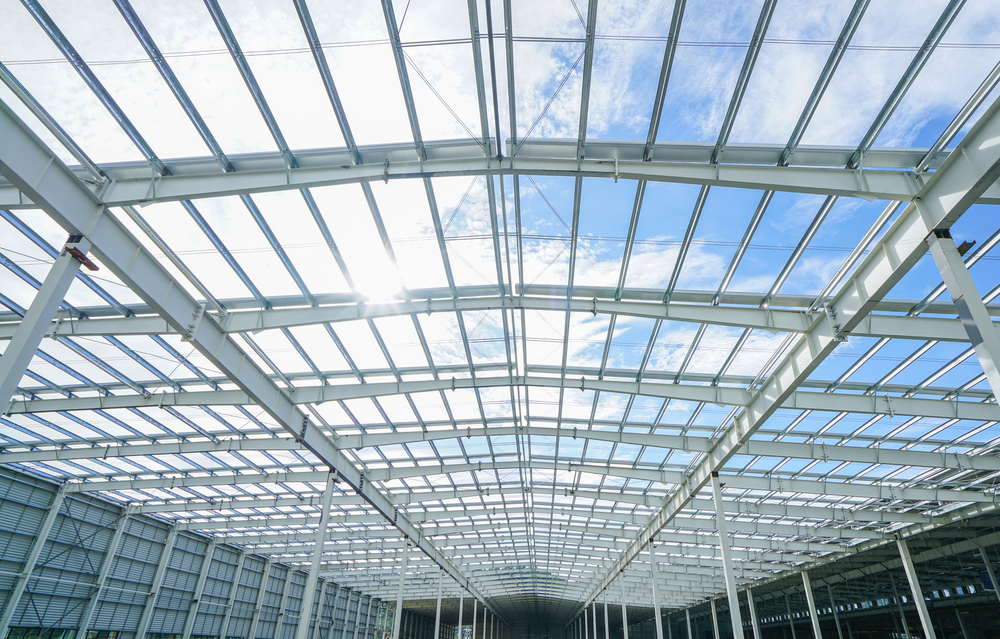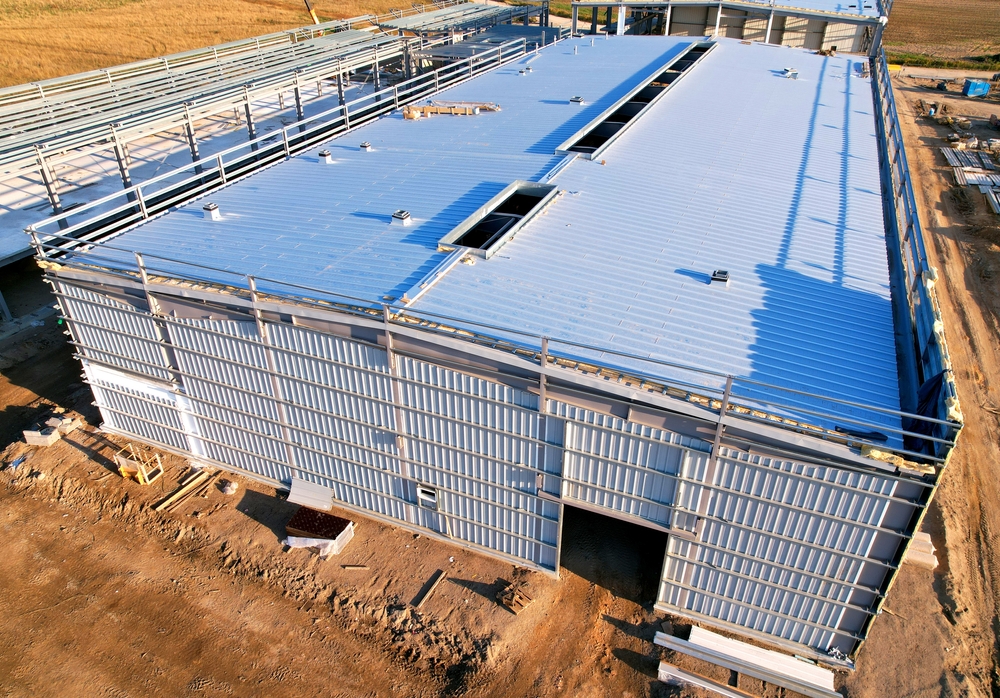Light gauge steel is a known material in modern construction because it’s better than hot-rolled gauge steel and other materials like wood. And to appreciate it further, it’s good to check how you can use this on metal buildings.
A brief about cold-rolled steel
As its name suggests, the light gauge steel is less bulky than hot-rolled ones but sturdier, especially over wood. It doesn’t warp in hot or cold temperatures. Termites and other insects don’t like it. Plus, cold-formed steel is long-lasting since it is corrosion-resistant. This material is covered with a mixture of aluminum and zinc in the galvanization process.
Moreover, the sections in light gauge steel can be designed to particular sizes and shapes—C or S. It is also utilized almost similarly to wood framing or construction.
Other good features of light gauge steel include:
- It is good when doing electrical wiring and plumbing
- It is easier to install insulation with this framing
- It is non-combustible
- It is eco-friendly because of less waste to discard
- It is effortless to disassemble when renovation
- You may only need regular tools than heavy equipment if you use hot-rolled gauge steel
- It costs less since it is pre-cut or pre-engineered already
Indeed, there is almost no negative point about light gauge steel except that it weakens to fire. It is advisable to apply a fire-rated sheet to prevent this from happening.
Light gauge steel on metal buildings
Light gauge steel’s good qualities work for residential and smaller commercial buildings. And it can be used as primary or secondary materials. To give you more ideas, here are some of the uses of light gauge steel on metal buildings:
Support in a roofing system

A solid roof comprises primary and subparts to make it stronger. An example of subparts is the light gauge steel purlins which support rafters, so these do not sag and keep the roof sturdy against strong winds.
Support in a wall system
Light gauge steel appears as side rails, infill walls, and composite cladding panels in walling. Note that the exterior walls on metal buildings can have sub-layers composed of light gauge steel.
- The side rail is part of the framework that serves as a base before adding panels.
- Infill wall – The light gauge steel here may not be a load-bearing wall, but it is the best support for cladding and additional against wind load.
- Composite cladding panel – The light gauge steel is part of layers within the composite cladding. Cladding is the skin of an exterior wall. Typically, it seems like for aesthetic value only. But its practical benefit is to lessen the temperature that passes through the wall. Thus, it helps to reduce energy consumption in a building too. However, it is also better to add insulation if the structure is in an area with harsh weather.
Light gauge steel frames are also serviceable as additional interior walls, which can be assembled and moved to another place.
These are only a few of how cold-rolled gauge steel is used on metal buildings. There is more to know that is better discussed with your contractors and manufacturers. It is good to check the specifics with experts to get suitable light gauge steel materials for a metal building.

